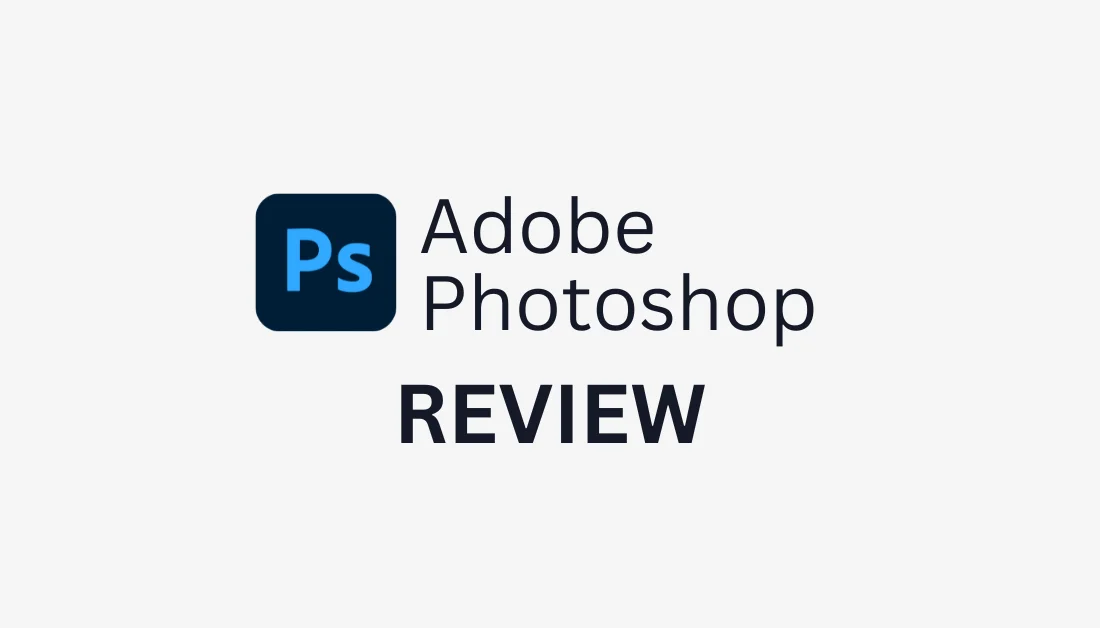Adobe Photoshop Review
Overview:
Adobe Photoshop remains the industry standard for digital image manipulation and design. Since its inception, it has been a powerful tool for professionals in various creative fields, including photography, graphic design, web design, and digital art. Over the years, it has continued to evolve, introducing new features that leverage AI, improving workflow efficiency, and expanding creative possibilities.
Key Features:
- AI-Powered Tools:
Photoshop’s integration of AI, particularly with Adobe Sensei, has revolutionized tasks that once required significant manual effort. Key AI-driven features include:
- Neural Filters: These allow users to apply highly complex effects with a few clicks, such as changing facial expressions, age, and lighting in portraits.
- Sky Replacement: Users can quickly replace skies in images, adjusting the scene’s color tones to match the new background.
- Content-Aware Fill: This feature automatically removes unwanted objects from images and fills in the gaps seamlessly.
- Layer and Masking System:
Photoshop’s layer-based editing allows for non-destructive modifications, which is crucial for complex compositions. Users can control the opacity, blending modes, and apply various adjustments without altering the original image. Masking tools enable precision in hiding or revealing parts of images, making it a favorite for professionals. - Selection Tools:
With the updated Object Selection and Select Subject tools, making intricate selections has become more accessible and faster, particularly with AI enhancements that accurately detect edges, even in complex areas like hair or fur. - Brushes and Customization:
Adobe Photoshop provides an extensive brush library for painting and retouching, with options to create custom brushes. This feature is particularly popular with digital artists who seek a personalized workflow. - Cloud Integration:
The integration with Adobe Creative Cloud enables users to save their work directly to the cloud, making collaboration easier. Projects can be accessed and edited across devices, which adds to its flexibility. - Plugins and Extensions:
Photoshop has a rich ecosystem of plugins and extensions, allowing users to add functionality tailored to their specific needs, from 3D rendering to typography enhancements.
Pros:
- Unmatched power and versatility for image manipulation and design.
- AI-powered features save significant time in editing tasks.
- Extensive support for file formats and third-party plugins.
- Constant updates that bring new tools and refine the user experience.
- Integration with other Adobe products (e.g., Illustrator, Lightroom).
Cons:
- Steep learning curve for beginners, particularly with advanced features.
- Subscription-based pricing model can be expensive for casual users.
- Performance can lag on lower-end hardware, especially with large files or complex projects.
- Some features may feel over-engineered or redundant for basic editing tasks.
Pricing:
Adobe Photoshop is available as part of Adobe’s subscription-based Creative Cloud suite. It can be purchased as a standalone app or bundled with other Adobe software like Lightroom. Pricing starts at around $20.99 per month for Photoshop alone, with bundle options for creative professionals.
Conclusion:
Adobe Photoshop continues to set the benchmark for image editing and design tools. Its robust feature set, driven by advanced AI, provides immense creative freedom. However, it can be intimidating for newcomers and expensive for those who only need basic editing tools. For professionals and serious hobbyists, Photoshop’s capabilities are unmatched, making it a worthy investment.











Leave a Reply